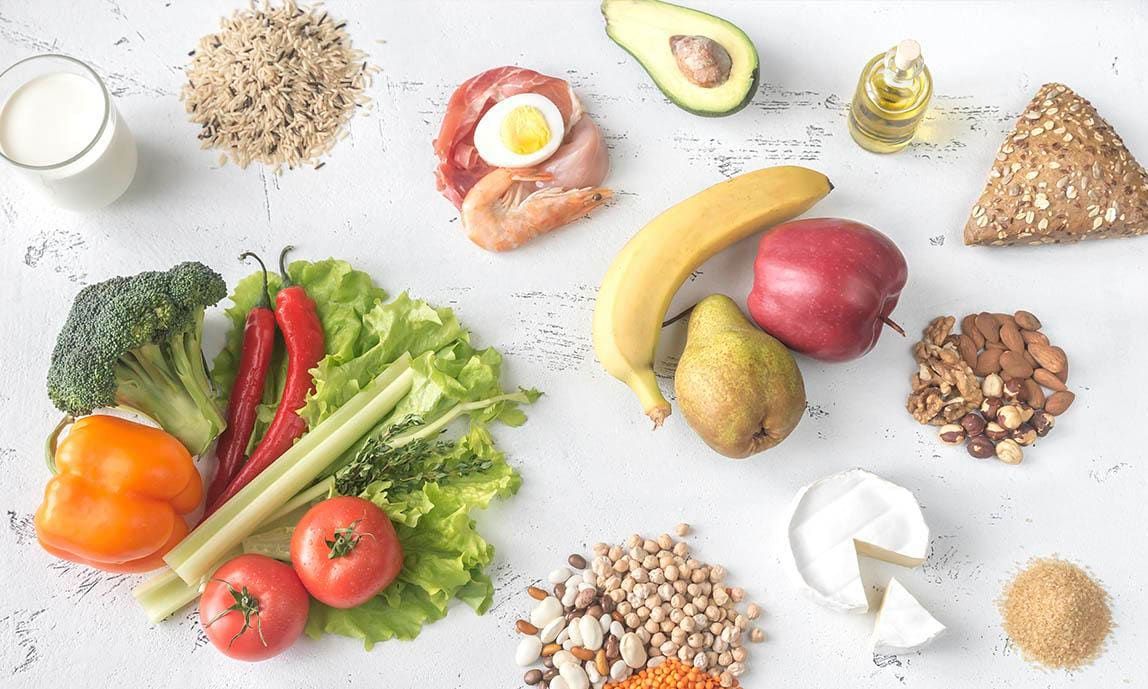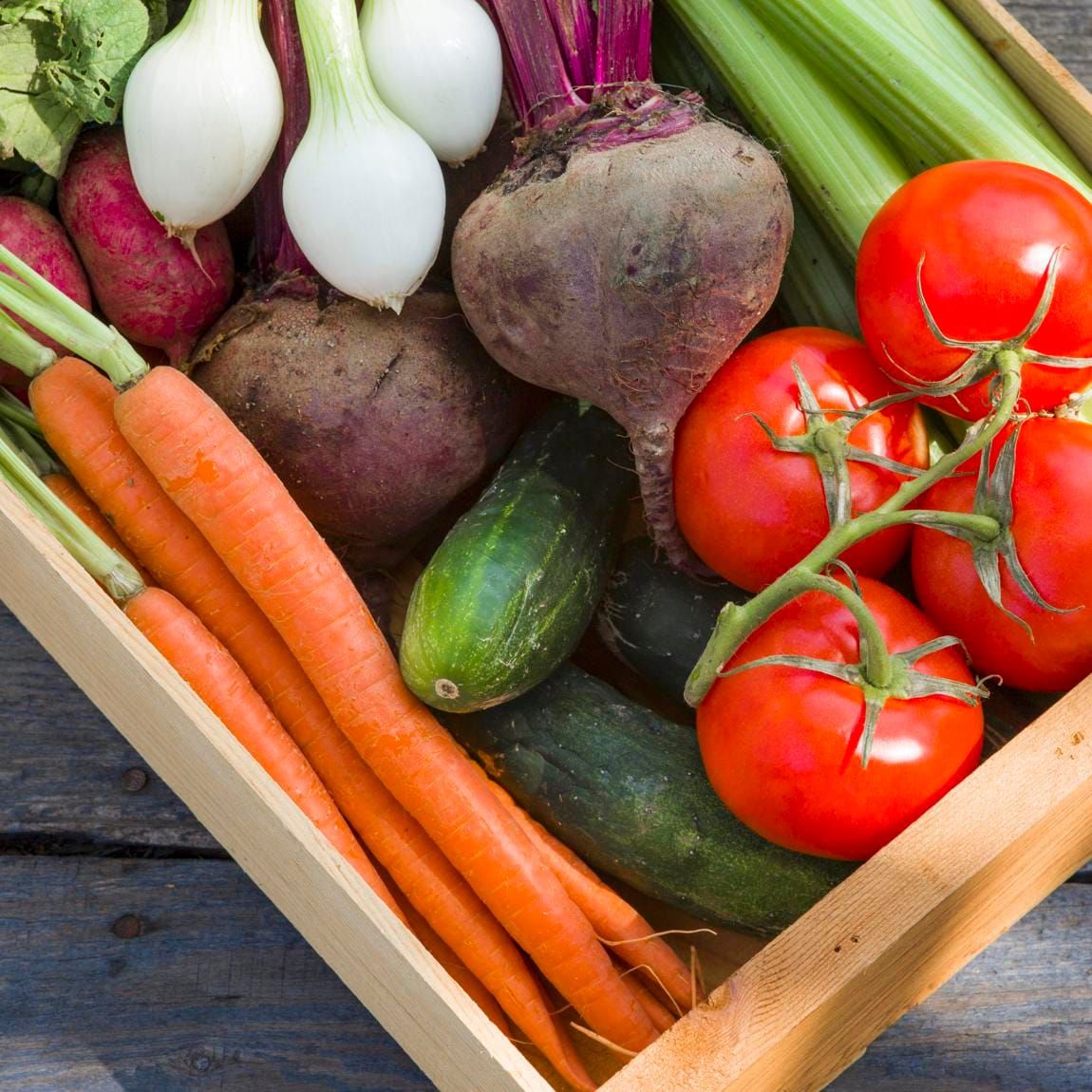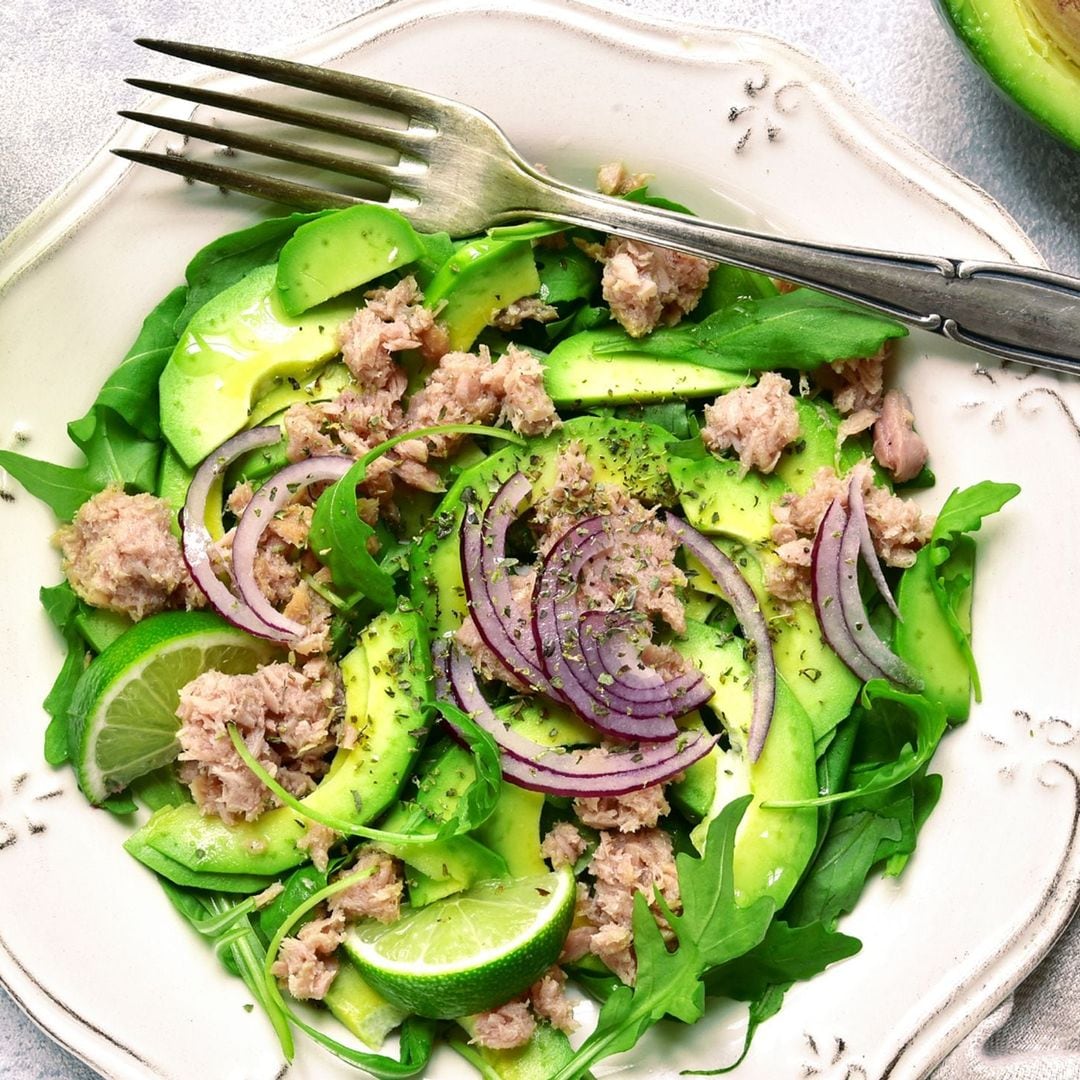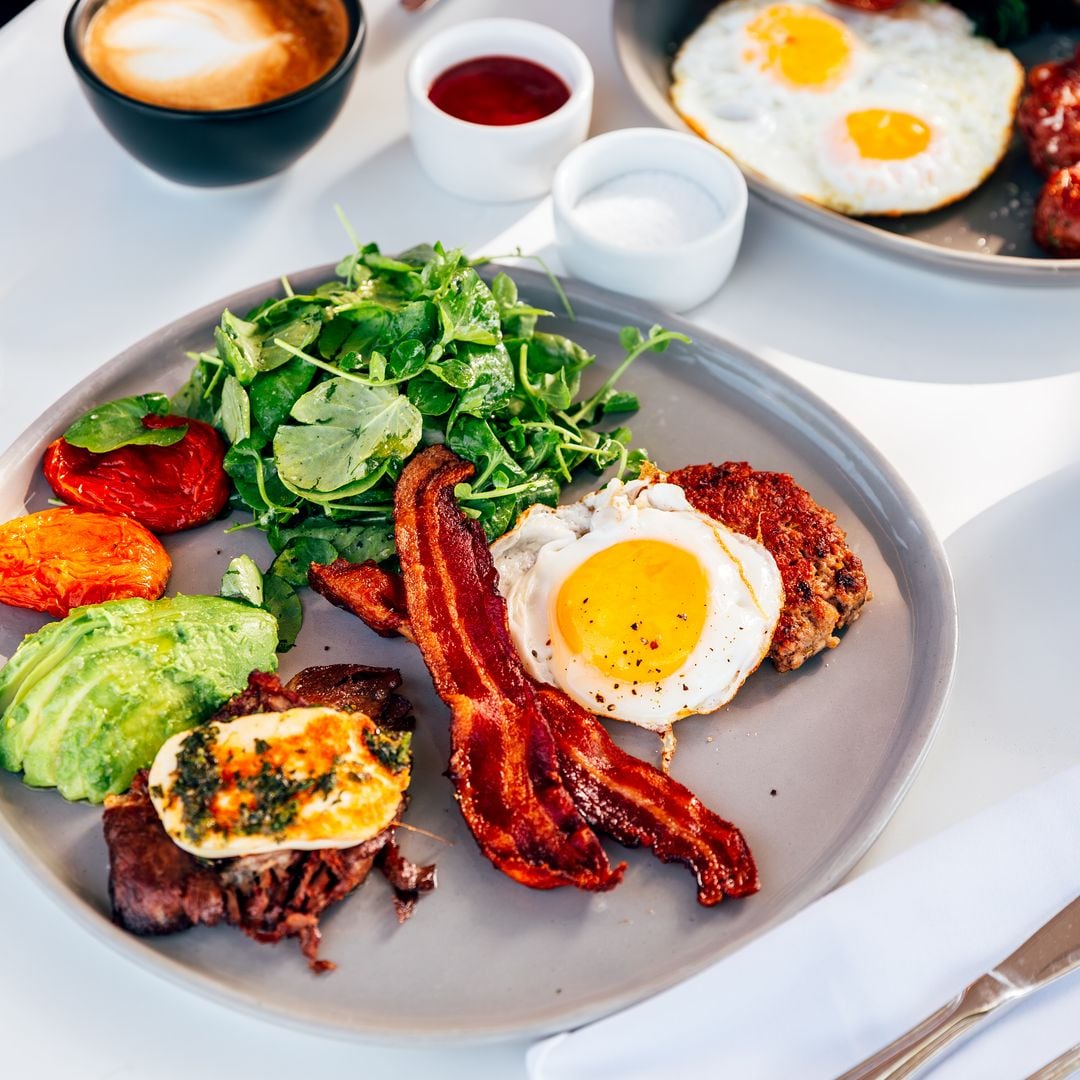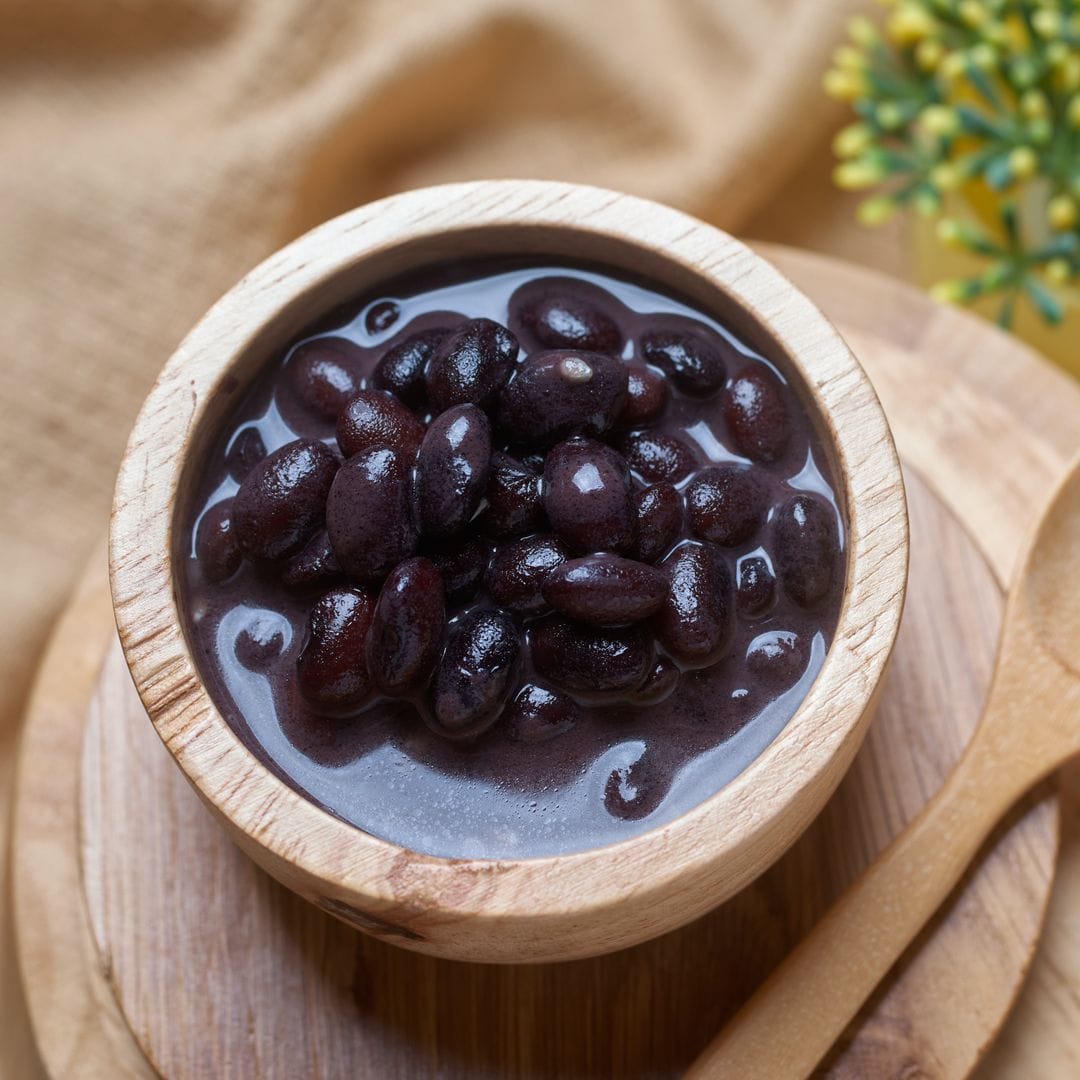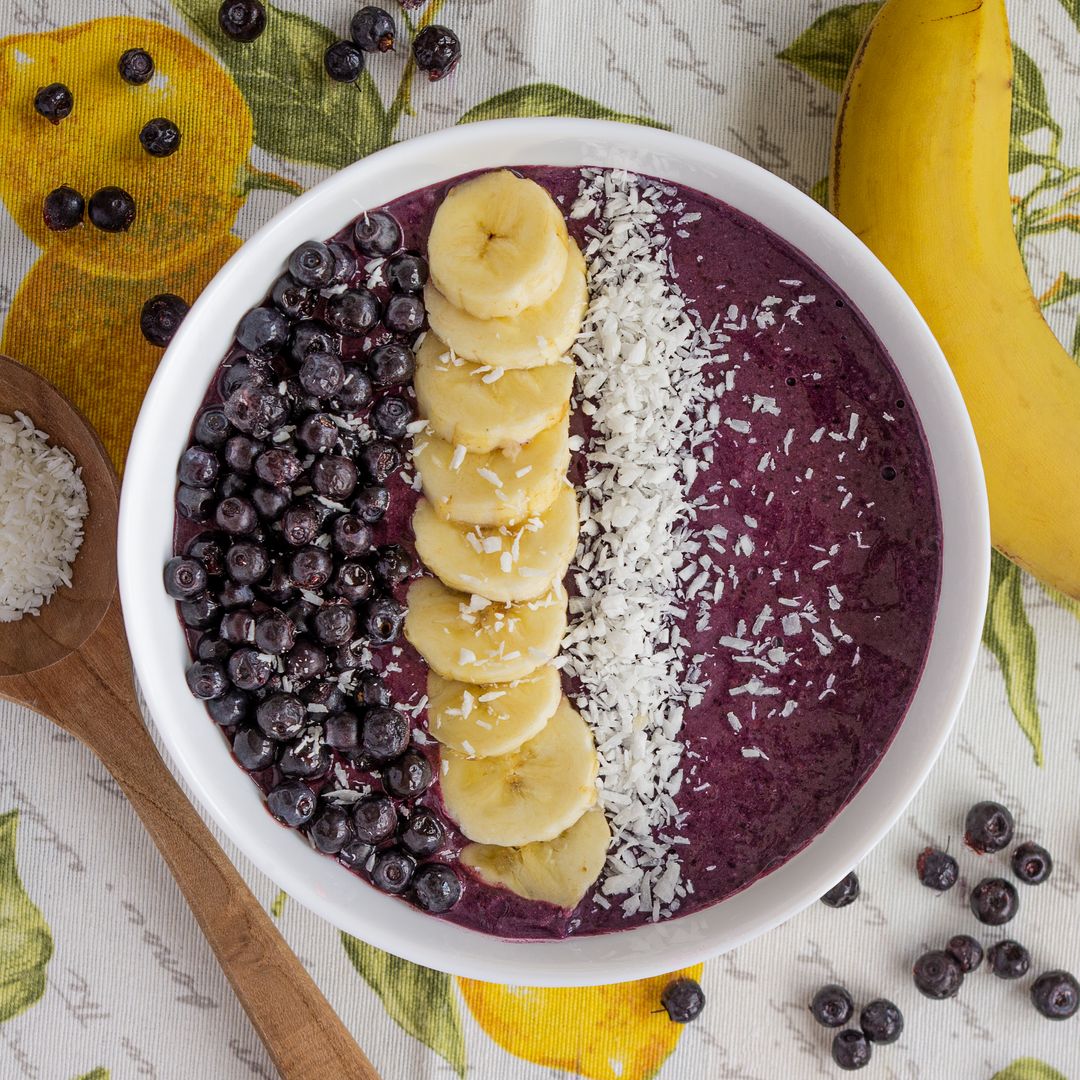More and more people are looking to lead healthier, more naturally-driven lives. Of all the dietary options out there, vegetarianism in particular is gaining steam among celebrities and influencers given its benefits both for the body and the planet. However, being a vegetarian in a culturally carnivorous society can impede on active social lives and even complicate participating in family traditions, celebrating holidays and treating yourself every once in a while.
What is the flexitarian diet?
Flexitarian is a portmanteau word combining the words flexible and vegetarian. Flexitarianism is an approach to eating centered around consuming fruits, vegetables, and whole grains, without completely cutting out animal source foods. Followers of this diet enjoy the benefits of eating healthy like losing weight, preventing certain diseases and helping the planet, without necessarily having to skip the Thanksgiving turkey or the occasional burger—or worse, the feeling of guilt after partaking in these meals.
In 2019, U.S. News & World Report ranked the flexitarian diet number three on its best overall diet, best weight-loss diet and best diet for healthy eating rankings and number two on the best diet for diabetes ranking.
How much meat is allowed?
This aspect is incredibly important and flexitarian nutritionist and author Dawn Jackson Blatner, R.D. says that one key aspect of that is learning to re-portion your plate. “Instead of having a ginormous piece of meat as the center of the plate—which is the traditional American style—it should just be a quarter of the plate, with another quarter filled with whole grains, and then the remaining 50% vegetables.”
A number of celebrities have openly adopted this practice, including singer-songwriter Paul McCartney , who raised a great deal of awareness when he implemented Meat Free Mondays in his household in 2009. Actresses such as Gwyneth Paltrow , Cameron Diaz , and well-known British chef Jamie Oliver have all supported the movement.
How to be a flexitarian
This diet is not only easy to follow, but it also has a few levels of intensity depending on how meat-free you’d like to be. Considering that there are 213 meals in a week, Blatner recommends three levels:
Beginner: Only 7 meatless meals per week, with no more than 26 oz of meat in total. “That simply means if you need to have bacon or ham with your breakfast, make your lunch or dinner meat-free that day.”
Advanced: aim for up to 14 meatless meals a week, “which means you still get to eat your burger or turkey sandwich once a day.” Don’t have more than 18 oz of meat per week.
Expert: you only eat meat 6 times per week or less (no more than 9 oz in total) or you go meatless for weeks and save it for special occasions, which Blatner refers to as “significant meat moments” like family barbecues, holiday meals like Thanksgiving, a special date night, or while traveling, “There‘s no better way to experience a different culture than to taste their food, and this diet gives you room to enjoy it,” the flexitarian nutritionist said.
Benefits of the flexitarian diet
According to the expert and author, people who follow a semi-vegetarian diet have lower body weights than people who regularly eat meat, as well as lower incidence of metabolic disease and lowered risk for type-II diabetes. Combining the flexitarian diet with exercise can also reduce the risk of breast and prostate cancer.
,type=downsize)


